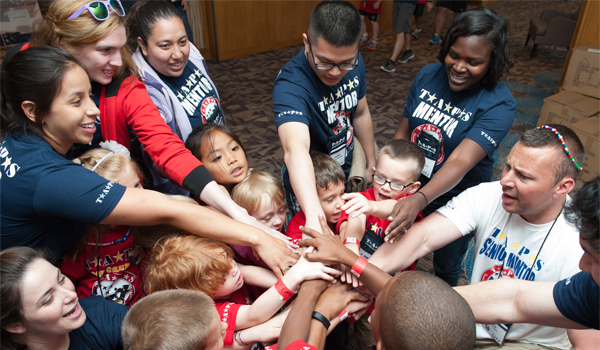
I’ll admit it. I’ve always had a secret fondness for stories about one-room schools.
Why? Perhaps it’s the simpler time. Perhaps it’s the fact that they seemed to value good education and hard work. Perhaps it’s the family-like structure and community they fostered.
That last element is especially missing from today’s schools, which ship busloads of children away from their communities to massive campuses where it’s easy to get lost in the crowd.
I thought of this when I came across a report on rural charter schools. Such schools, author Kelly Robson explains, are not that successful. However, she and her colleagues discovered three elements that make some schools into winners.
For starters, successful rural schools have leaders “with deep ties to the local community.” They aren’t founded by do-gooding “outsiders,” but by those who have a heart for, and understanding of, local dynamics.
Second, successful rural schools fill “a gap in the community’s education offerings.” They provide a closer school when the public school is too far away, they provide better educational opportunities compared to other options, and they provide unique experiences suited to local interests.
Finally, successful rural schools “maintain consistent leadership and/or engagement with school founders.” Their leaders don’t quit after a few years; instead, they remain faithful to the school, immersing themselves in the culture of the community.
Do you see the common thread here? These schools are successful because – just like the one-room schools of old – they play off the locale and make community a priority.
In our global, internet-connected culture, it’s easy to pooh-pooh the importance of community. But as the late educator and author John Taylor Gatto explains, it is that sense of community which makes the difference between making a whole, completed soul, or a damaged, displaced one. It’s also the difference between a free individual or an enslaved creature:
By allowing the imposition of direction from centers far beyond our control, we have time and again missed the lesson of the Congregational principle: people are less than whole unless they gather themselves voluntarily into groups of souls in harmony. Gathering themselves to pursue individual, family, and community dreams consistent with their private humanity is what makes them whole; only slaves are gathered by others. And those dreams must be written locally because to exercise any larger ambition without such a base is to lose touch with the things which give life meaning: self, family, friends, work, and intimate community.
Could this be the key to the better American education so many of us long for? Would our children thrive in school if they could be in smaller organizations where the adults in charge know and understand their community, families, and local quirks and interests? And would our children have a better chance to blossom and become unique, whole individuals, rather than individuals enslaved to a system that treats them as simply another cog in a machine?
[Image Credit: DoD photo by Navy Petty Officer 1st Class Daniel Hinton]
Written by Annie Holmquist and published by Intellectual Takeout ~ September 12, 2019

~ The Author ~
Annie is Editor of Intellectual Takeout. In her role, she assists with website content production and social media messaging.
Annie received a B.A. in Biblical Studies from the University of Northwestern-St. Paul. She also brings 20+ years of experience as a music educator and a volunteer teacher – particularly with inner city children – to the table in her research and writing.
In her spare time Annie enjoys the outdoors, gardening, reading, and events with family and friends.
